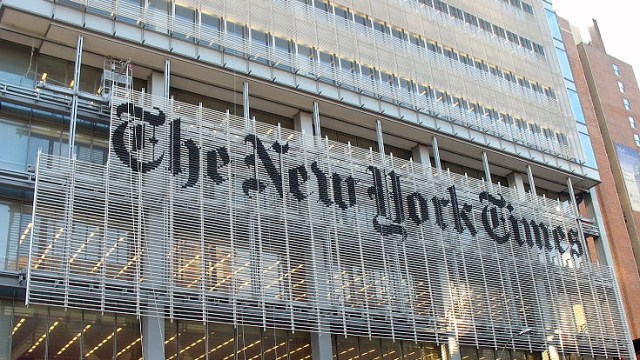Where Have All The Revolutionaries Gone?

In previous down times, Americans have coalesced into organized movements that have actively and vocally lobbied for reform. So where are the good, old-fashioned protests?
The populist tradition in politics and society was a fixture in the 1890s and again in the 1930s and emerged as a successful vehicle for systemic change. So where are the protests this time?
Well, America is no Europe. The crisis has not inspired the U.S. to trash our boulevards and main streets in anger. We haven’t attacked authorities with molotov cocktails. We’ve largely dispensed with violent and destructive approaches to foment change.
Rather, our approach is a bit more anodyne. This week the most open form of protest on American soil came as sedate tea parties that threatened the IRS and state capitol groundskeepers with that most fearful of weapons, Lipton. Perhaps the tea parties organizers sounded fiery on their websites, but offline the resistance was little more than flaccid.
As the Wall Street Journal speculates, true populism may emerge if the downturn worsens, but it’s far from assured.
Why popular protest is nowhere to be seen is a debatable issue. Perhaps we are too tied up in the financial system to trounce it completely. Perhaps we can’t protest very easily from our sprawling suburbs. Perhaps we’re just lazy.
Writer Naomi Wolf has charted the loss of incendiary populism in America and explains that over the past thirty years the hyper-regulation of protest in American public spaces “guarantees that freedom of assembly in America will be ineffectual.” Here are more of her thoughts on the lost tradition of American protest.





